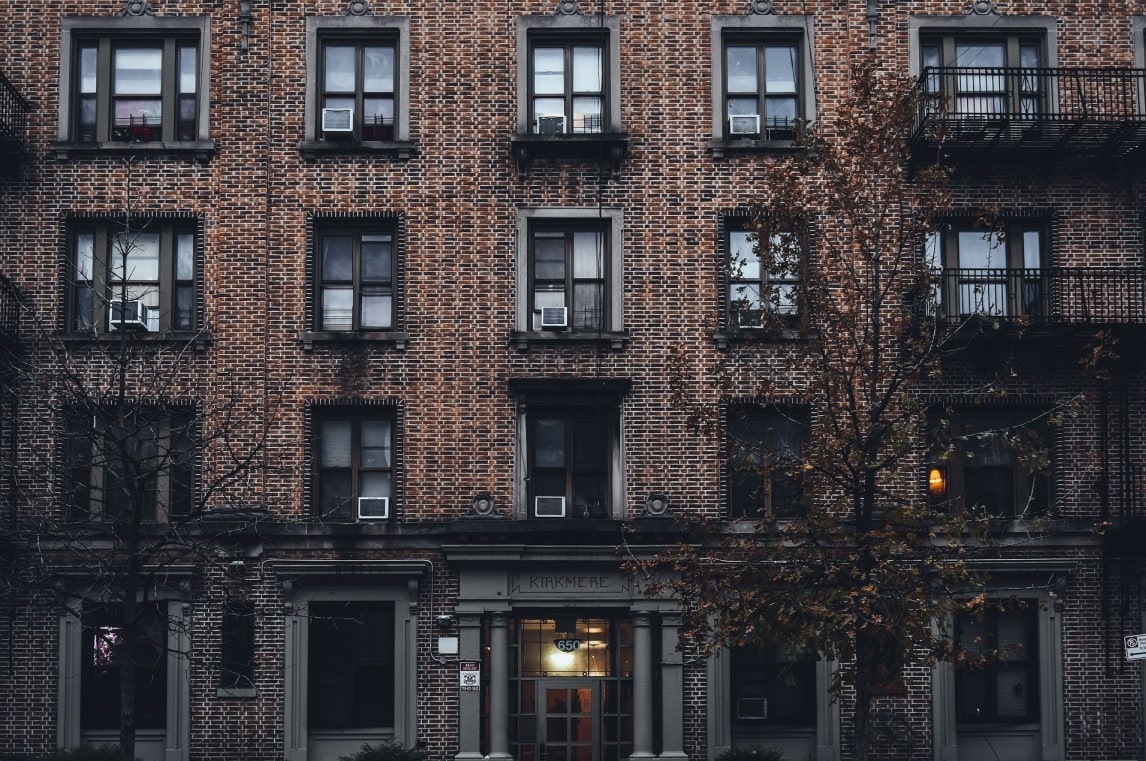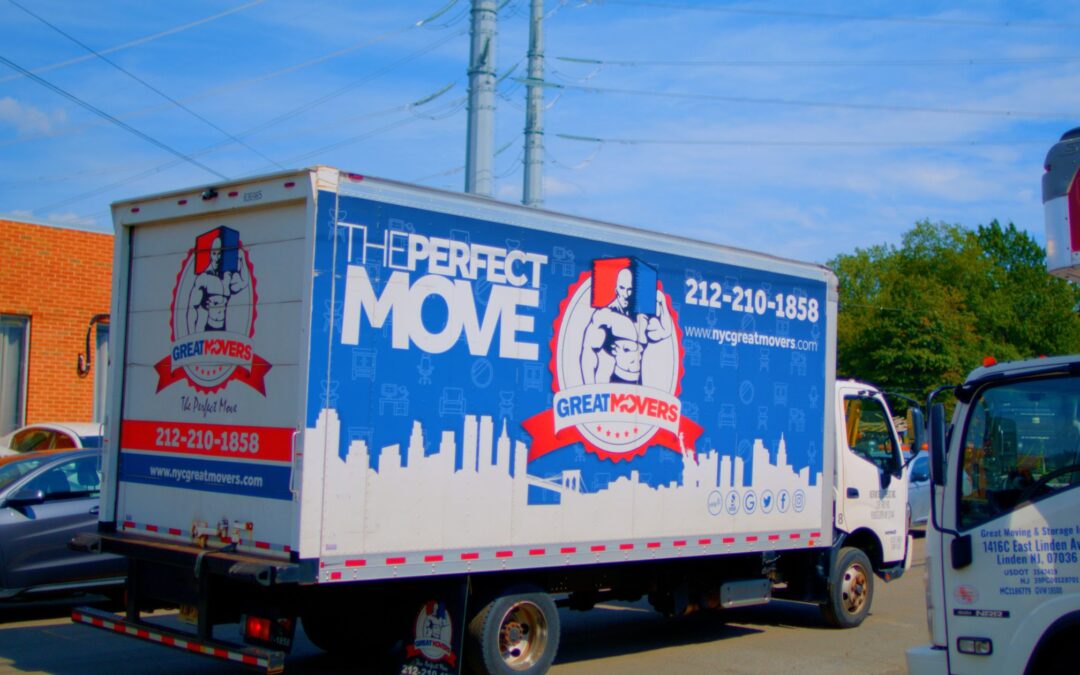If you are planning to move to a new apartment in NYC, chances are you’re looking for a rent-stabilized apartment. While these can be hard to find, there are around 1 million in NYC, making up about 28 percent of the overall housing stock and 44 percent of all rentals.. That might sound like a lot, but when you consider how many millions of people who live in Manhattan alone and the fact that most rent-stabilized apartments are already inhabited, finding a stabilized apartment in NYC can be like finding a needle in a haystack.
With that said, it’s not impossible. It might require more time and research, but you should be able to find a place so long as you’re patient. So how can you find a rent-stabilized apartment in NYC?
Understand What Rent Stabilization Is
So what exactly does it mean when an apartment is rent-stabilized? Essentially, it is a form of rent regulation that is overseen by the New York state Division of Housing and Community Renewal (DHCR). Rent stabilization is different from a rent controlled apartment as the only way you can get a rent controlled apartment is to inherit it from a family member or spouse who has been living in the apartment continuously since 1971. There are no new rent-controlled apartments created so it’s pretty much impossible to find one.
Rent-stabilized apartments, on the other hand, generally apply to buildings that were built before 1974 and have at least six units. However, thanks to certain tax abatements, there might be newer buildings that are also rent-stabilized. In the past, it was easy for landlords to deregulate apartments as it would automatically happen once rents exceeded $2,700. Many landlords would push the rents above this amount once an old tenant moved. However, reforms in 2019 repealed this practice and has removed a landlord’s ability to raise a stabilized apartment’s rent by 20 percent in between tenants.
As you might expect, the 2019 reforms have not gone unchallenged by landlords. Since it passed, New York real estate lobby group, Community Housing Improvement Program (CHIP), has done all they can to roll back these reforms, stop further tenant protections, and even try to rewrite the original regulation. Luckily, all of these have not been accepted by the courts as of 2023, but not only are they trying to sue in court, they are also drafting legislation with local politicians.
If you are lucky enough to find a rent-stabilized apartment, you can expect relatively small annual increases to your rent. In 2021, rents could only be increased by 1.5% for a one year lease and 2.5% for a two year lease. In 2023 the Rent Guidelines Board pushed through a 3% raise for one year leases and two year leases by 2.75% for the first year and 3.2% for the second year. While certainly higher than 2021, these hikes are negligible in comparison to non rent stabilized apartments. For example, a lot of people who moved during COVID-19 unfortunately ended up in non rent-stabilized apartments so when they were up for renewal, the rents jumped dramatically. In some cases rents increased between 20-40%!
Find Rent Stabilized Apartments
If you need to find a new place fast, finding a rent-stabilized option could prove difficult. You’ll want to have at least a few months to go through the proper channels and confirmation. There are a few steps you need to take:
- Look through the official database – the DHCR keeps a list of registered rent-stabilized buildings. When looking up apartments, search for the address in the document to see if the building is stabilized or not. As a note, the document doesn’t say which units in the building are still stabilized. The list won’t show any vacancies but you can take the address to listing sites to see if there are any apartments in that specific building.
- Search for apartments where there’s a high concentration of stabilized units. This includes Harlem, the South Bronx, and Brooklyn, most notably Flatbush and Prospect Lefferts Garden. You’ll have best results here, but that doesn’t mean there aren’t stabilized units outside of these areas.
- Narrow your search to units in buildings built before 1974. Search for keywords like pre-war.
- Use rent-stabilized or stabilized as a keyword on apartment sites such as Streeteasy or Zillow. Be forewarned that often brokers might use these keywords but not actually have a stabilized apartment!
- Apply for an apartment through the NYC Housing Connect. This is NYC’s affordable housing lottery and often allows you to find an affordable place in brand new buildings. Since these buildings tend to be still in construction, the application process can take a long time and even if you are approved, you might have to wait to move in. There are also thousands of applications and many people only find success after years of trying.
Sign a Rent-Stabilized Lease
Somehow you have managed to find a rent-stabilized apartment and you’re ready to sign the lease. Before you put ink to paper, make sure to look over the lease very carefully. Some less than savory landlords/building managers might say the apartment is rent-stabilized but it isn’t mentioned anywhere in the lease. Never take someone’s word in place of a legally binding document. There’s a standard rent-stabilized lease that will state the apartment is rent stabilized. Landlords are also required to include a rent stabilization rider with the lease and must be for one or two years.
If there’s no mention of rent stabilization, check to make sure the apartment is not deregulated. There are a couple situations where this can happen through vacancy:
- The owner of the building receives a J-51 or 421-a tax benefit
- An apartment was converted to a co-op
For the most part, apartments are only deregulated during vacancy, but under certain circumstances, apartments in 421-a buildings can become deregulated at the end of the last lease during the period of tax abatement.
Once everything checks out, sign the lease! While it’s important to take your time reading the contract and doing your research, you ultimately don’t want to take too long in signing the lease as the landlord likely has at least a dozen people ready and willing to snatch the apartment up. If you feel like the landlord is trustworthy, put down a good faith deposit to ensure they don’t turn around and lease your apartment out to someone else while you’re looking over the agreements.
If you’re already living in the apartment, you can check to see if your apartment is supposed to be rent-stabilized by requesting a rent history from DHCR. This can show the general rent hikes previously and so on. You’ll need to be prepared for a legal battle with your landlord, but it can be worth it if you manage to get your rent lowered.
Benefits of Living in a Rent-Stabilized Apartment in NYC
Besides locking in the affordability of your apartment, there are other benefits of living in a rent stabilized apartment including:
- Updates and improvements – say goodbye to slumlords. As a tenant you have the right to occupy a working, updated apartment. If your landlord does not provide proper updates you can file a complaint and get a reduction in rent until these changes are made. In the past, landlords could increase rents by tacking on 1/60 of the total renovation cost. Now they can only increase your rents about 2 percent each year to cover Major Capital Improvements.
- Subletting – so long as your apartment remains your primary residence, you can easily sublet your apartment. With that said you cannot use your apartment as an AirBnB
- Lease renewal – landlords cannot kick you out of rent-stabilized apartments. They must offer you a renewal once your lease is up. Plus, you have a 2-year renewal option versus the standard 1-year for most market-rate apartments
- Protection against bankruptcy – even if the landlord or building management company goes bankrupt, you have a right to remain in your unit
- Not income-based – unlike affordable housing units, anyone can live in a rent-stabilized apartment. With that said, landlords will want to verify your income to make sure you can afford the price
Move Into Your NYC Rent-Stabilized Apartment
Once you’ve found the perfect apartment, you’ll want to make sure you can move in once your lease starts. Most rent-stabilized apartments are walk-ups or have very small elevators so you’ll want to hire experienced NYC movers to help you out. Of course, even if you hire movers, you should try to reduce the amount of stuff you bring with you to your new rent stabilized NYC apartment. After all, the less you have, the faster your move will be, which means more money in your pocket. And considering just how expensive NYC rents are, even with stabilized apartments, you’ll want to pinch every penny you can!
Luckily, NYC Great Movers are both experienced and affordable. If you’re ready to start your new rent-stabilized apartment life, then give us a call and we’ll provide a free estimate and walk you through the process.
FAQ
Can I have a family member takeover my rent-stabilized apartment?
It depends on what you want to do. The only person you can add to an existing rent-stabilized lease is a spouse (so long as they live with you). However, if you leave the apartment you can hand it over to a family member who has been living with you as their primary residence for at least two years (or one if the family member is over 62 or disabled).
What happens if my building is being demolished?
First things first, you would need to leave. However, many stabilized tenants can negotiate a lucrative buyout.
In what instances can I be evicted?
It’s difficult in general to evict tenants, especially in rent-stabilized apartments. The most common reason for evictions is breaking the terms of your lease which means not using the apartment as your primary residence, having a pet when it’s not allowed, etc.






